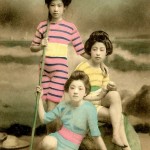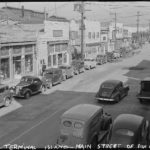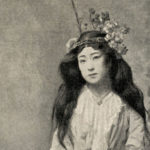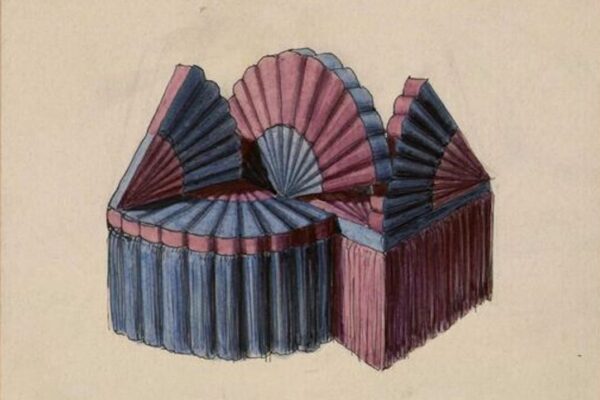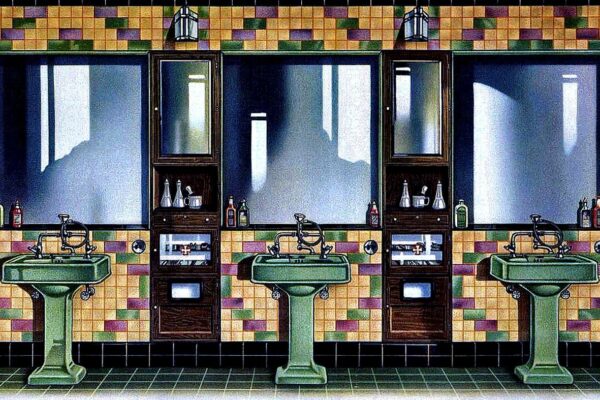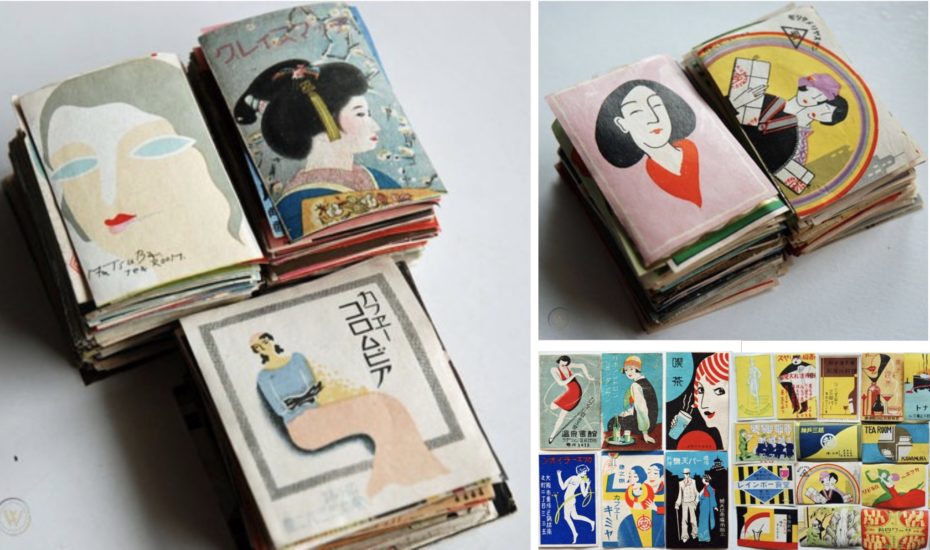
In the 1920s and 1930s, matchboxes in Japan were a miniature billboard in the palm of your hand, promising a glamorous modern life of smoky bars, marcelled hair, and nude women entwined around giant goblets of wine. Produced with a traditional woodblock, the artwork showed influences from Bauhaus and Expressionism, making them a fascinating blend of East and West.
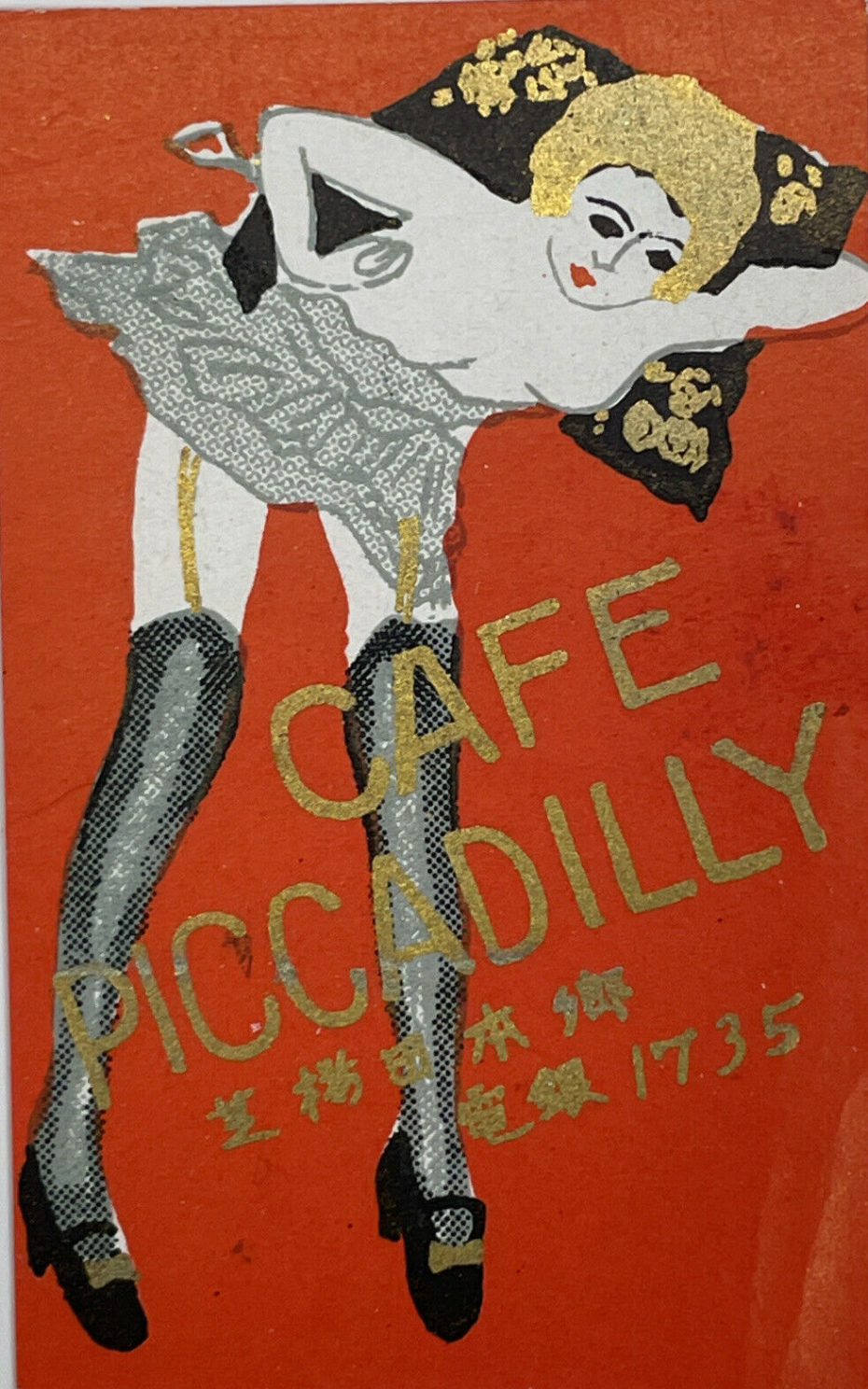
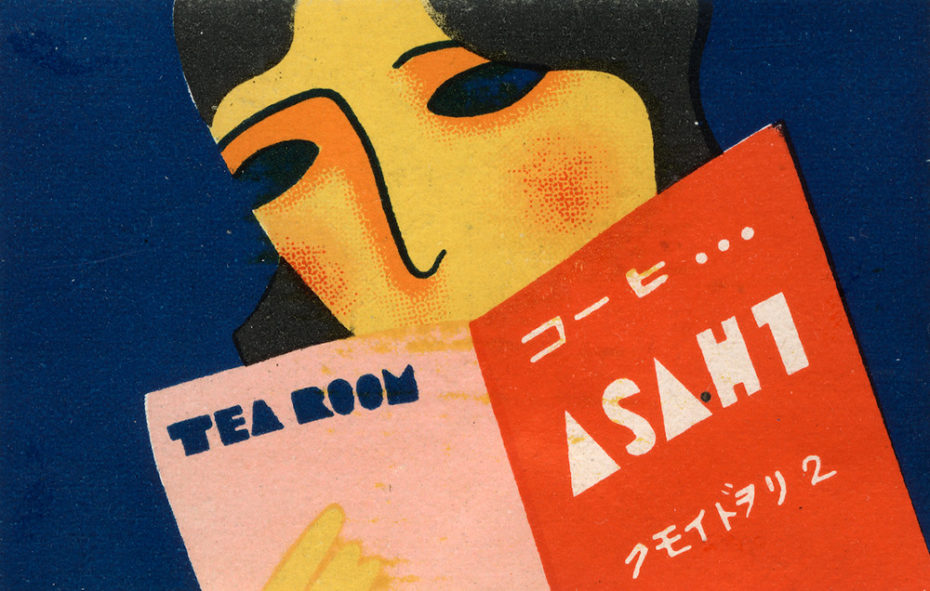
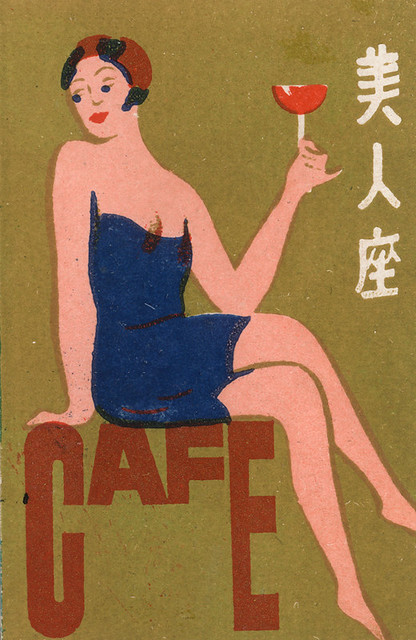
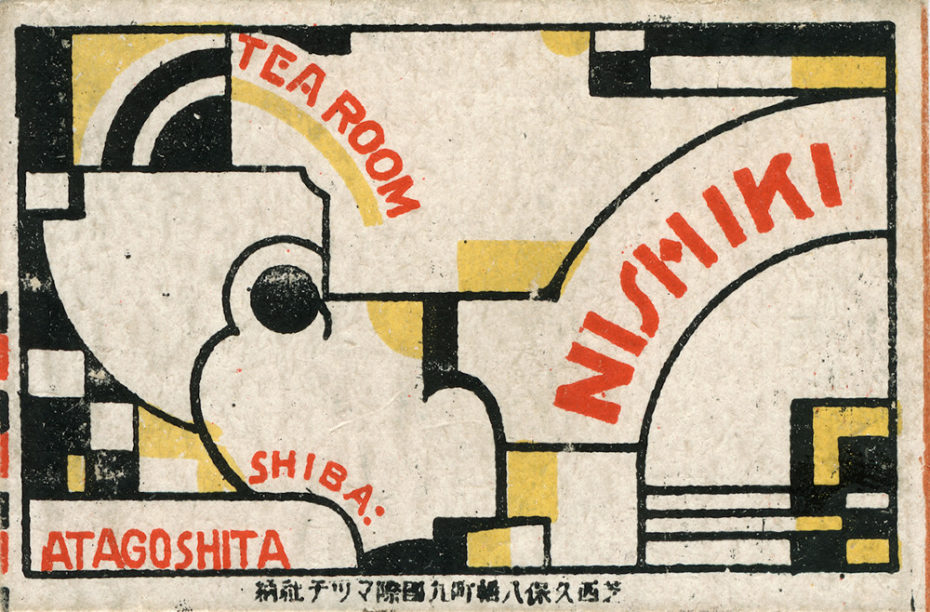
Matches are commonplace and ubiquitous now, but it wasn’t always so easy to produce a flame reliably and safely. The first matchsticks were invented in China back in 577 AD by maids of the imperial court when the Kingdom of Qi was under siege. Hard pressed for tinder to cook or heat up cold rooms, the women took to coating small pieces of pinewood with a bit of sulfur. These matchsticks, however, could not self-ignite. For thousands of years, humans tried and failed to find a way to instantly produce fire. It took until 1827 for John Walker in London to create the first friction matches. Tipped with sulfide and potassium chlorate, they stank terribly and there was the possibility that the sticks might self-combust simply by rubbing against each other. The sulfur was soon replaced by white phosphorous, which did not have an odor, but turned out to be even worse because its high toxicity could literally melt your face.
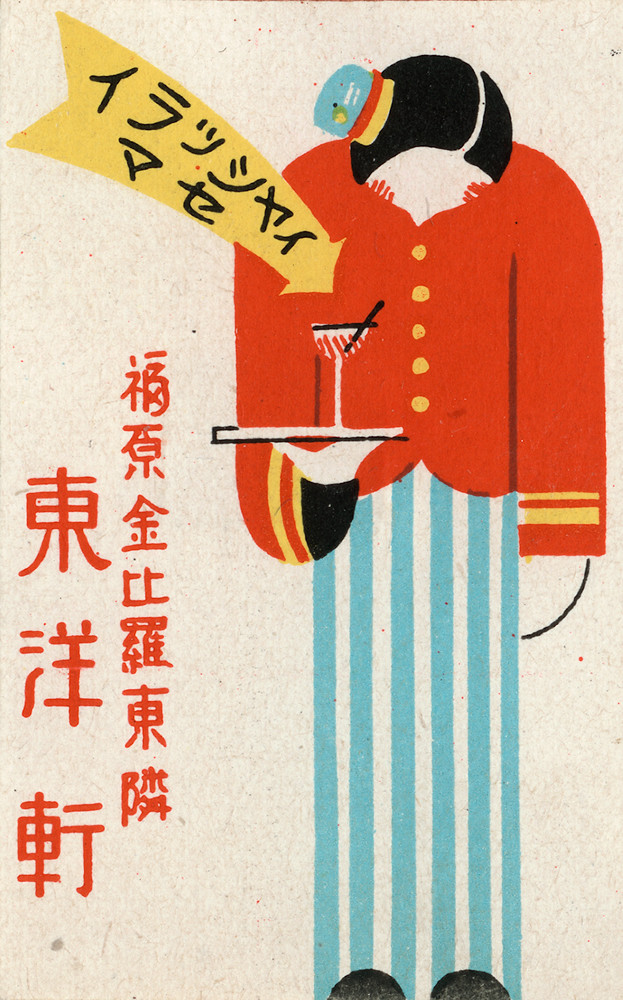
In 1847, Austrian chemist Anton Schrötter discovered that heating white phosphorous to 300 °C (572 °F) in an iron pot would turn it into red phosphorous, which didn’t have nasty consequences like bone disorders from chronic inhalation. Soon after, Swedish chemistry professor Gustav Erik Pash invented the safety match and Sweden came to dominate the match industry in Europe.
All of these gains in match production were unknown in Japan, which had been closed to the West since the 1600s. Then after two hundred years of isolation, Commodore Perry sailed into Edo Bay in 1853 with a squadron of warships and forced Japan to come back out into the world.
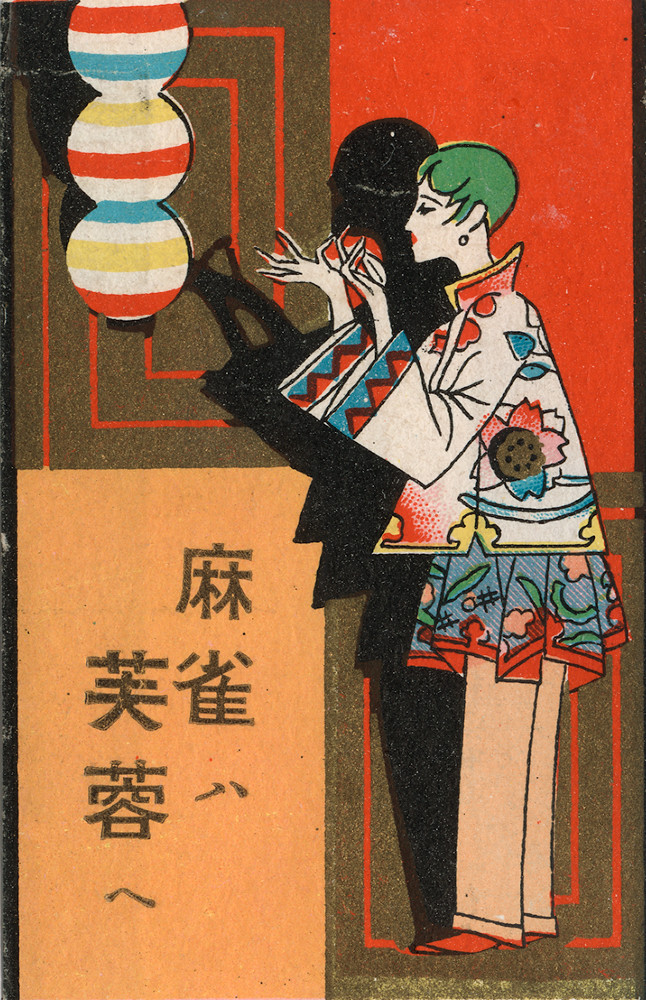
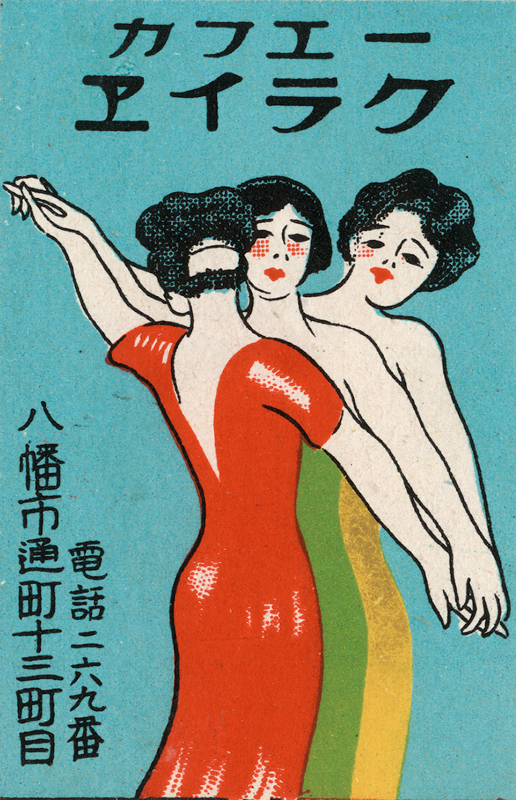
Japan’s incredibly swift modernization wasn’t just in its industrial sector. The feudal era was over, and within two decades, the samurai class had been abolished. As the Japanese began traveling to the West, they brought back fashion, music, film, art, and all the debates and issues of the day. By the 1920s, Japan was in step with all the developments of the Western world. Modern girls (‘Moga’), the Japanese equivalent of flappers, and modern boys (‘Mobo’), shopped at department stores, gathered at cafés, and drank in smoky bars. To attract clientele, these modern pleasure palaces naturally gravitated towards placing advertisements on matchboxes.
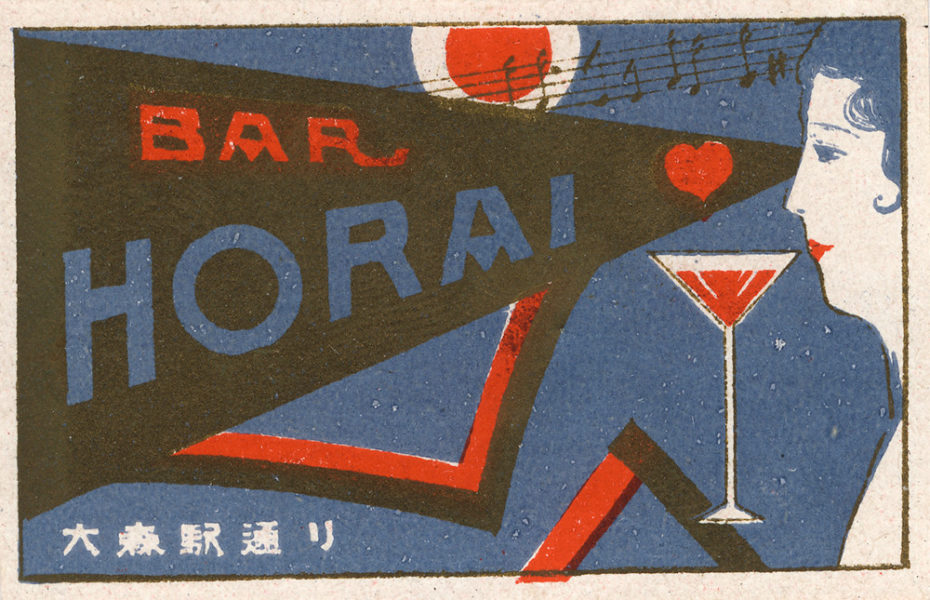
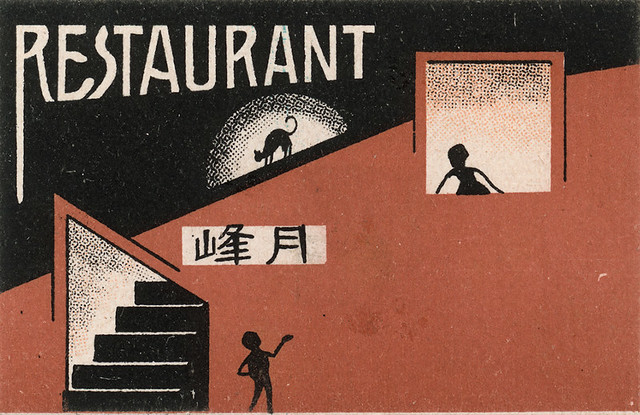
The earliest instance of advertising on matches was in 1895 when the Mendelsohn Opera Company in New York bought a hundred blank matchbooks as a novel way to publicize their new production. The company spent several days decorating the matchbooks with photos of their leading players and writing advertising copy by hand, “A cyclone of fun — pretty girls — handsome wardrobe – get seats early.” The marketing stunt was hugely successful, and by 1902, the Pabst Brewing Company was ordering 10 million matchbooks from Diamond Match to advertise their Blue Ribbon Beer.
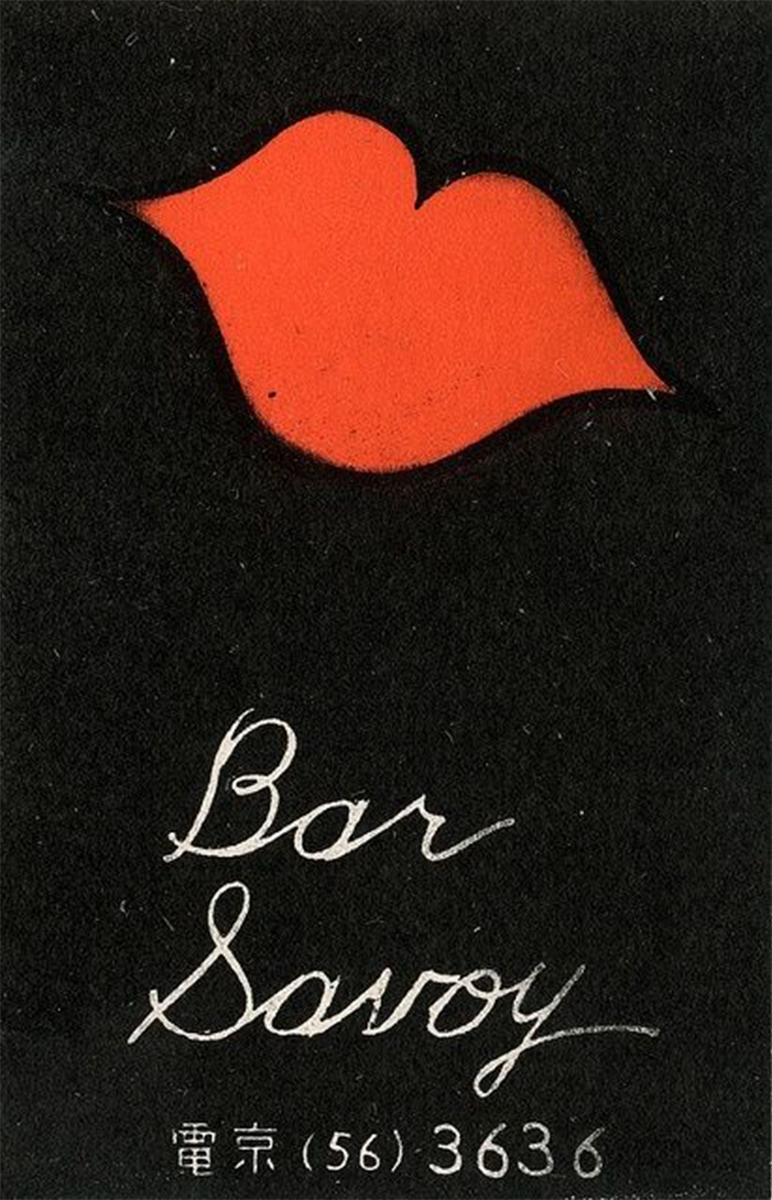
In Japan, matchboxes were printed with woodblocks in the traditional manner of Ukiyo-e. With the necessity of fitting on a tiny box, however, matchbox label designs couldn’t be too complicated. The minimalism of Bauhaus style and the efficiency of constructivist typography were a perfect fit for matchbox labels, with the added bonus that they were designs that would appeal to a modern clientele. But of course, the flat planes, bold colors, asymmetry, and use of negative space that is associated with Bauhaus and all modern art, had all originally come from Japanese design. With matchbox labels, modernist art came full circle back to Japan and today, a single cover from the 1920s can fetch over $50 a pop.
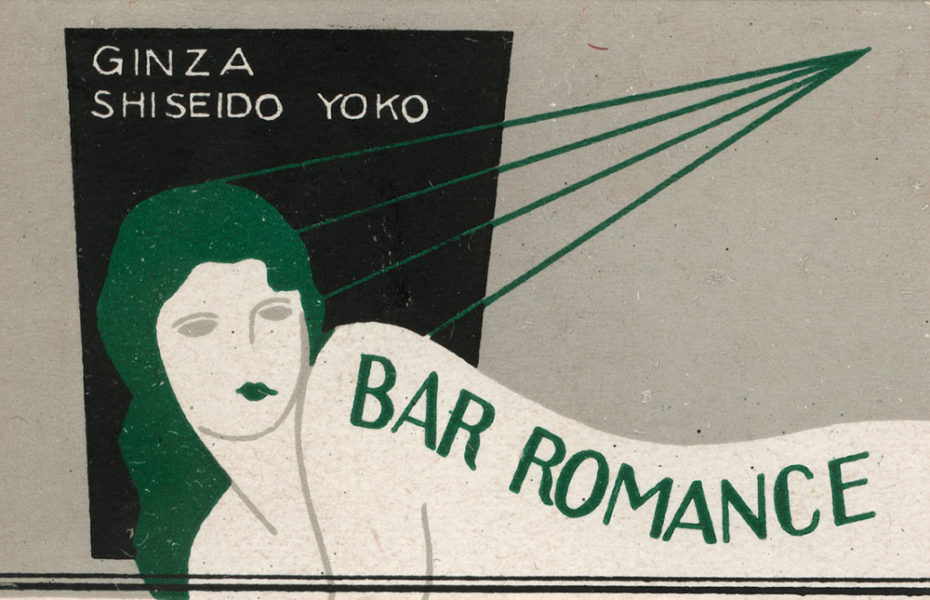
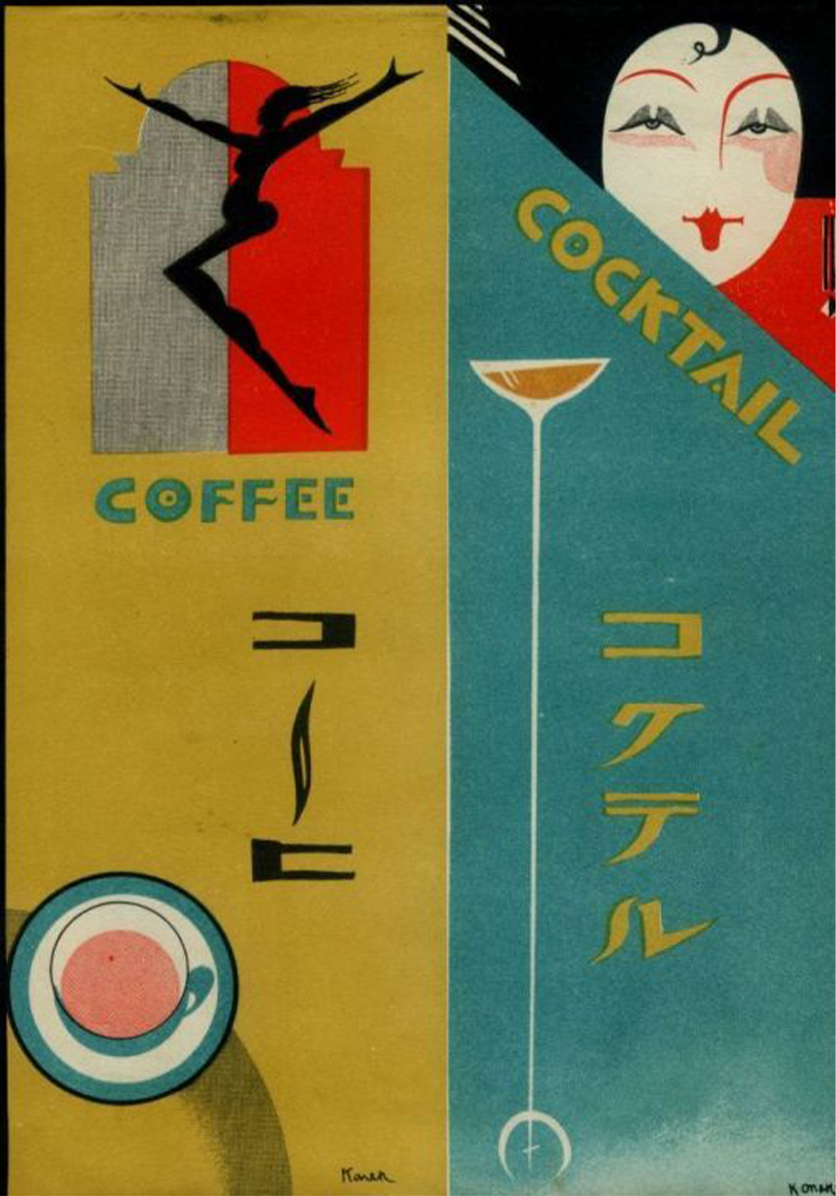
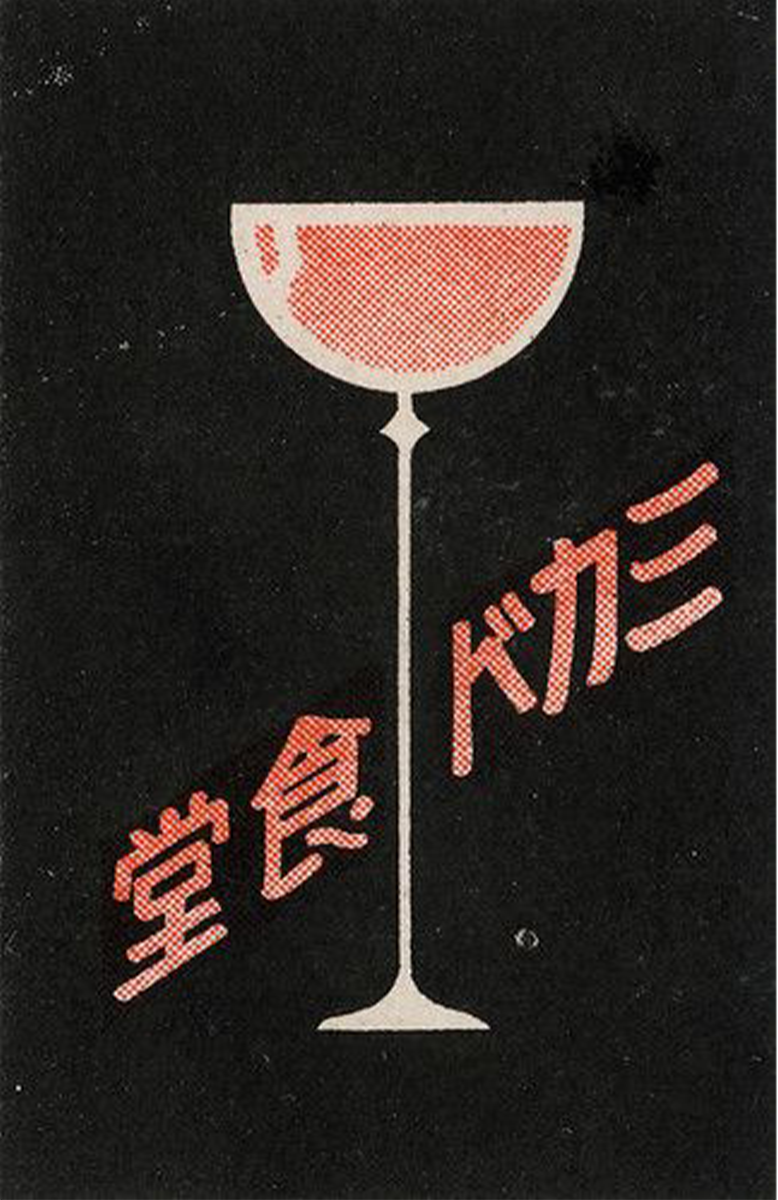
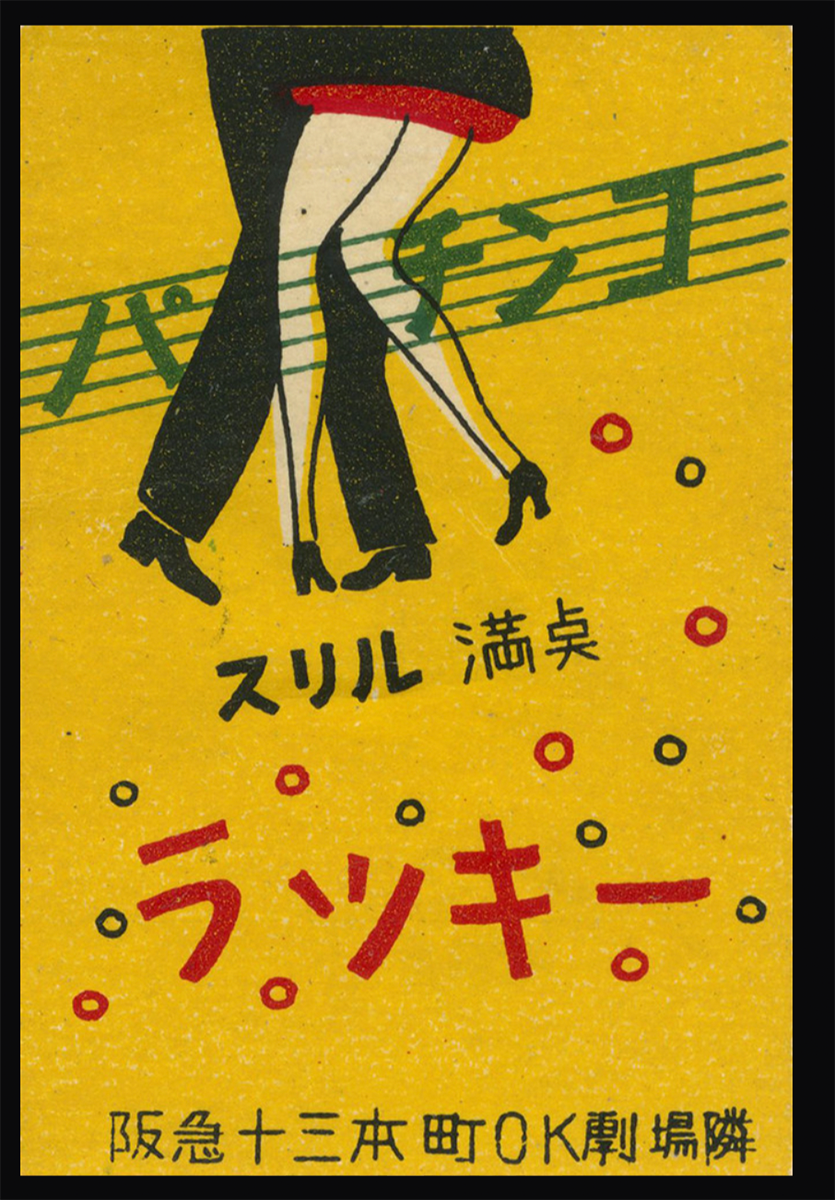
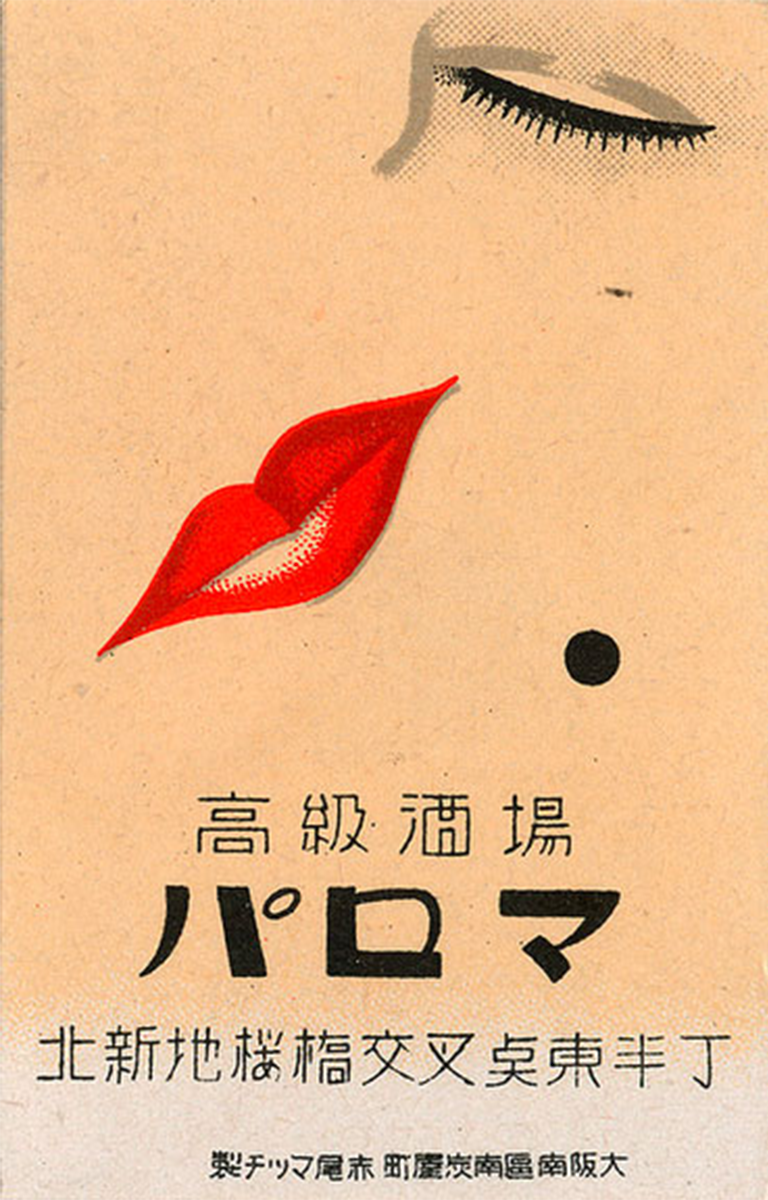
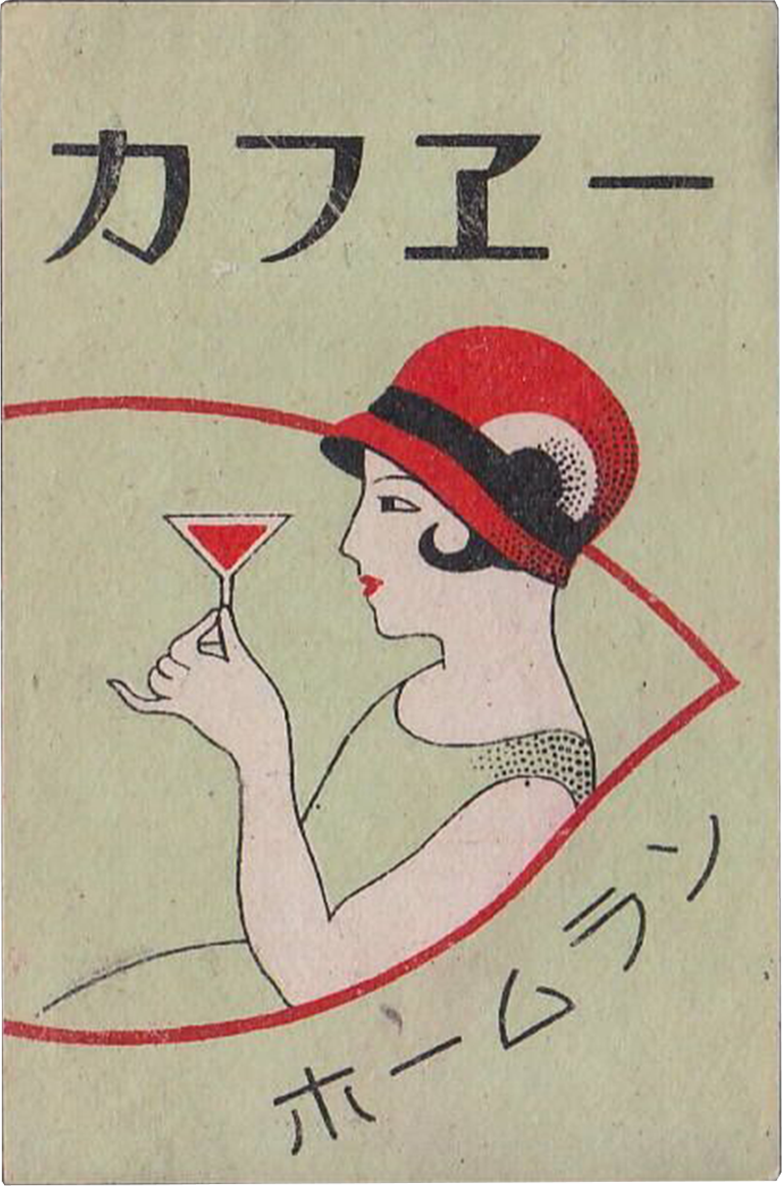
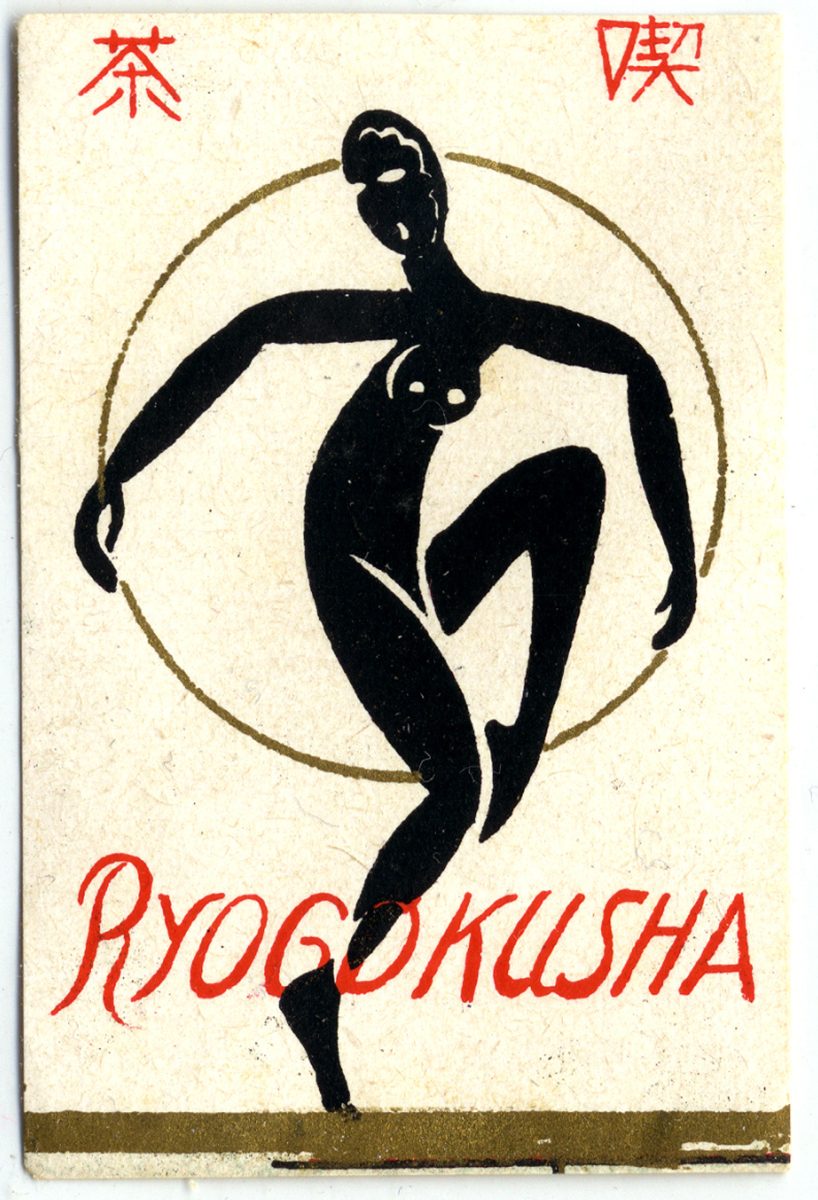
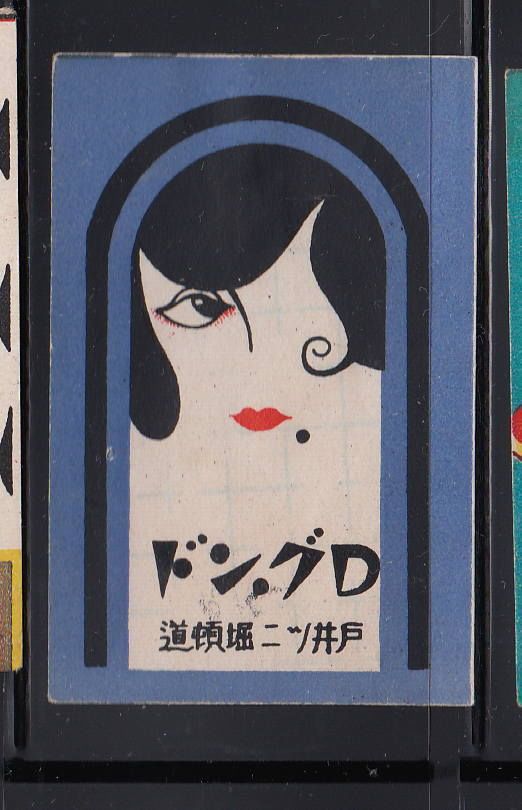
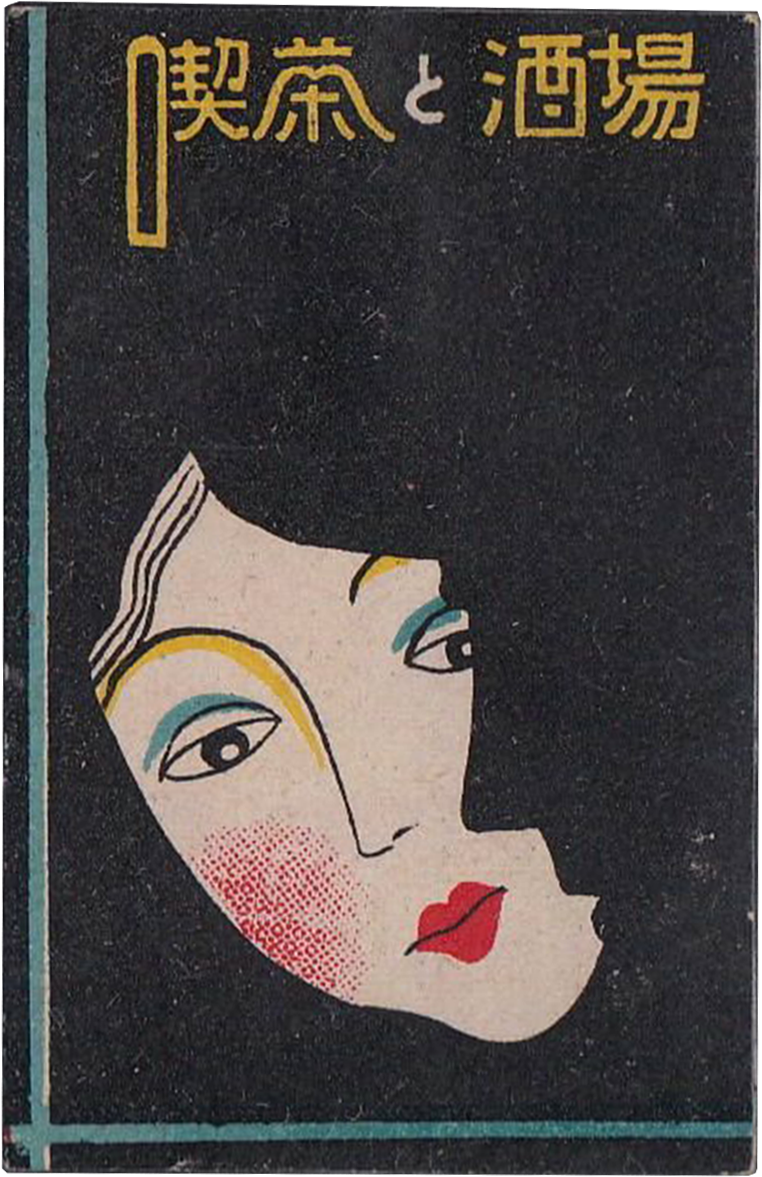
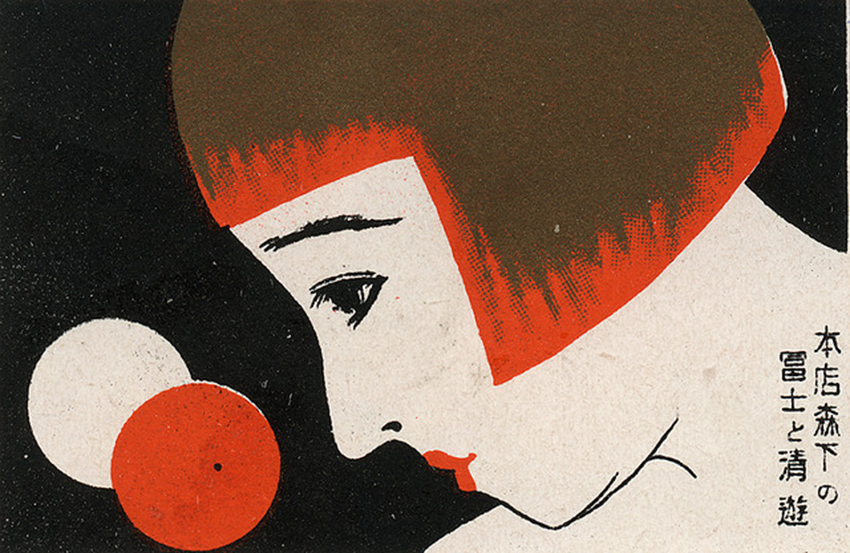
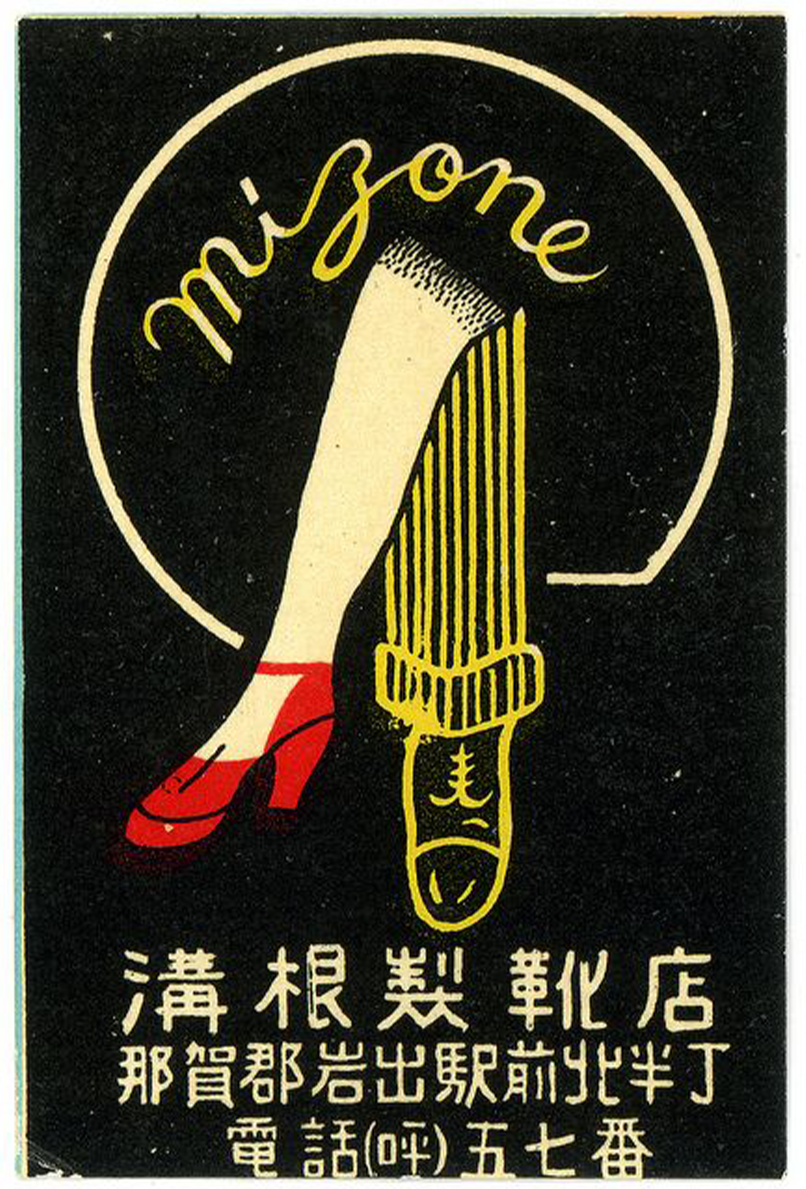
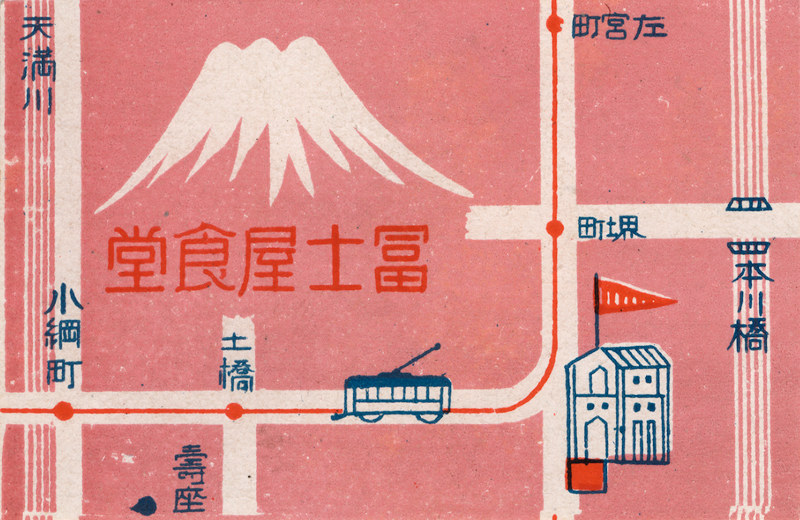
Word of the day
Phillumeny: (also known as phillumenism) is the hobby of collecting different match-related items: matchboxes, matchbox labels, matchbooks, matchcovers, matchsafes, etc.
Even if you don’t fancy yourself as a matchbox collector, maybe worth saving to your “stuff I look at to keep me inspired” files.
Photos via Flickr, Worthpoint and eBay


